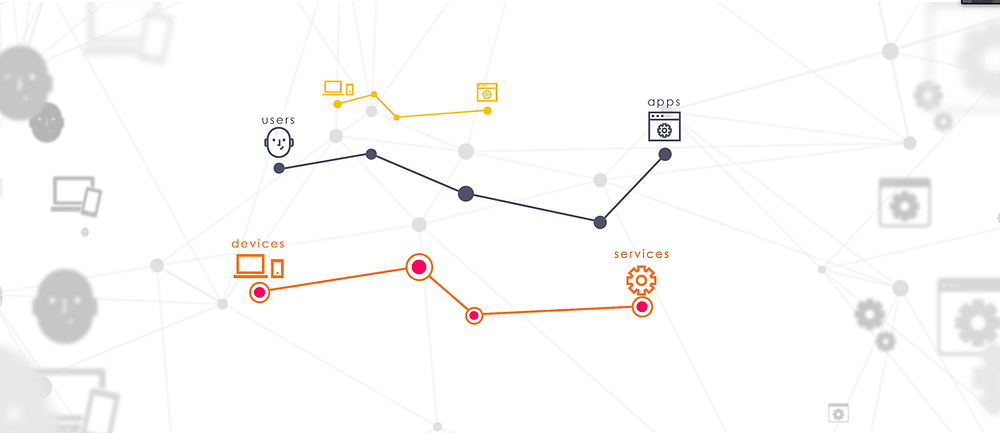- Mar 2
For ITDR, an Identity and Access Graph is Worth a Thousand Words
Updated: Mar 2

Many of today’s priciest and most complex cybersecurity solutions attempt to provide a powerful security posture, but they ultimately only work with the data that other software tells them exists. It’s not their own data. Indeed, they rely on “visualizing” data from others instead. This is designed to fail from the onset because it’s almost as if it creates a software supply chain problem WITHIN the cybersecurity industry itself. A security posture is only as good as what it ingests.
The answer to this strategic challenge is to turn to an identity threat detection and response (ITDR) platform that finds and creates all its own data surrounding the customer’s environment. With zero reliance on other vendors’ data, a comprehensive ITDR solution maps out what it sees throughout the entire organization.
And It’s All Possible Without Input from the Customer
Regardless of how messy an environment may be, and regardless of whether there’s a mixture of legacy systems, cloud or on premises operations, ITDR needs to create its own graph of all it – everything. Organizations need this visibility and intelligence because IT leadership teams often find themselves in the midst of numerous acquisitions, countless locations and data centers, remote operations and WFH scenarios that make it seem impossible for them to “see” everything easily, let alone a brand-new cybersecurity vendor. But the AuthMind ITDR platform does just that.
From day one, AuthMind doesn’t need to be told anything, let alone what to look for. AuthMind positions its sensors in one place and sees everything, placing it on a graph. It’s usually the first eye-popping moment of an AuthMind deployment or trial. AuthMind employs a graph because it’s the only consistent method for continually hunting down security blind spots or assets an organization doesn’t even know existed – including SaaS apps that were completely unseen previously.
Instead of looking at data from others, it’s the data from the graph that makes AuthMind stand out in the ITDR space and broader cybersecurity industry. If one doesn’t know that a local asset exists, for example, one will never know if it poses any risk in the first place. The eyes on the ground (or in this case, on the graph) are crucial.
The graph serves as an omniscient approach for real-time threat identification and remediation – both inside and outside of the identity-related infrastructure. Since hacker’s usually don’t hack, but log in, the all-seeing platform stands as a powerful tool for protecting the company and its data.
Graphs enable IT team members to make the most sense of a situation and they also empower team members to either set up appropriate automatic next steps or manually address an issue. It’s the only truly effective way to consistently find security blind spots. The adage that a picture (or in this case, a graph) is worth a thousand words rings true, especially in cybersecurity.

